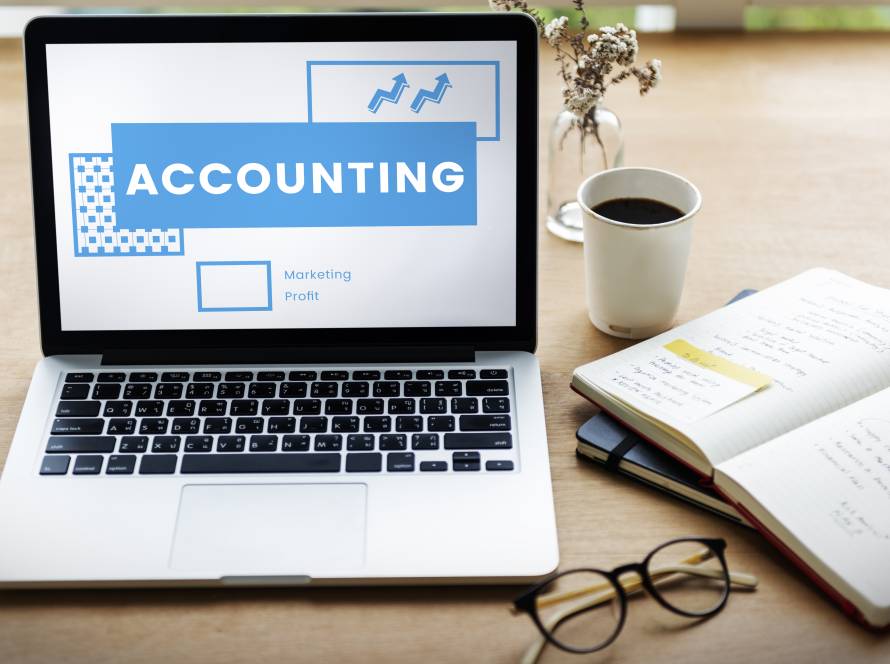Let’s explore something every new business owner should understand, even though it often seems daunting: the Balance Sheet. Gaining insight into how to read this crucial financial document can not only shed light on your company’s financial health but also help guide your strategic decision-making. In many ways, a Balance Sheet is to a business owner what a map is to a traveller – it shows where you currently stand and offers valuable clues on how to chart your course ahead.
What is a Balance Sheet?
A Balance Sheet, also known as a “Statement of Financial Position,” is far more than just accounting jargon. It’s a financial snapshot that reveals what a company owns and owes at a specific moment in time. This document lays out your business’s assets, liabilities, and shareholder equity – the three key elements you’ll often come across. Along with the Income Statement and Cash Flow Statement, the Balance Sheet forms the core trio of Financial Reporting for any business.
Why is the Balance Sheet important?
The Balance Sheet offers vital insights into your company’s financial condition. It’s an essential tool for both business owners and investors who need to understand the business’s ability to meet its financial obligations. Put simply, it’s your company’s financial “selfie,” providing a snapshot of your financial position at any given point.
The Mechanics of a Balance Sheet
As the name suggests, a Balance Sheet must balance. It is divided into two main sections:
- Assets: Everything your company owns.
- Liabilities + Shareholder Equity: What your company owes and the invested capital.
Through the equation Assets = Liabilities + Shareholder Equity, the Balance Sheet demonstrates how assets are financed by both liabilities and equity. This is why learning to read a Balance Sheet is so crucial. However, if you’d prefer to concentrate on your core business operations, why not partner with a professional accounting services provider?
Key Components Explained
Let’s take a closer look at the main components of the Balance Sheet:
1. Assets
Assets are resources that your business owns and expects to generate future economic benefits. These can be split into two categories:
- Current Assets: These are assets likely to be converted into cash within a year. Examples include:
- Cash and cash equivalents
- Inventory
- Accounts receivable
- Prepaid expenses
- Non-Current Assets: These are long-term investments that won’t convert into cash within the next year. Examples include:
- Property
- Machinery
- Trademarks and other intellectual property
2. Liabilities
Liabilities are the financial obligations your business needs to settle. Like assets, they are divided into:
- Current Liabilities: Debts due within the next year, such as:
- Accounts payable
- Payroll expenses
- Short-term loans
- Non-Current Liabilities: These obligations extend beyond a year, including:
- Long-term loans
- Bond obligations
- Deferred tax liabilities
3. Shareholder Equity
Shareholder Equity represents the remaining value for the owners once all liabilities are cleared. It reflects the net worth of the company and includes:
- Share capital
- Retained earnings
Putting It All Together
Let’s imagine you’re running a business, and your Balance Sheet looks like this:
- Assets: £10,000 (Cash: £2,000, Accounts Receivable: £7,500, Inventory: £500)
- Liabilities: £2,000 (Accounts Payable: £300, Salaries Payable: £1,700)
- Equity: £8,000
By applying the golden formula, Assets = Liabilities + Equity, we can see that £10,000 equals £2,000 plus £8,000 – perfectly balanced!
The Bottom Line
At first glance, reading a Balance Sheet might seem like deciphering a secret code, but mastering it is crucial to understanding your business’s financial health. With practice, you’ll soon be able to read it like a financial detective, uncovering valuable insights about your company’s stability and potential for growth.
If you’d rather focus on running your business, you’re in good company. Many savvy business owners have recognised the value of outsourcing their accounting and bookkeeping. That’s where Agilience Asia comes in. We offer expert services to ensure your financial statements are well-organised, allowing you to concentrate on scaling your business.
Stay financially savvy and let Agilience Asia streamline your accounting processes. Whether it’s bookkeeping or ensuring compliance with regulations, we’ve got you covered — enabling you to focus on what you do best: running your business! Contact an Agilience Asia expert today!




